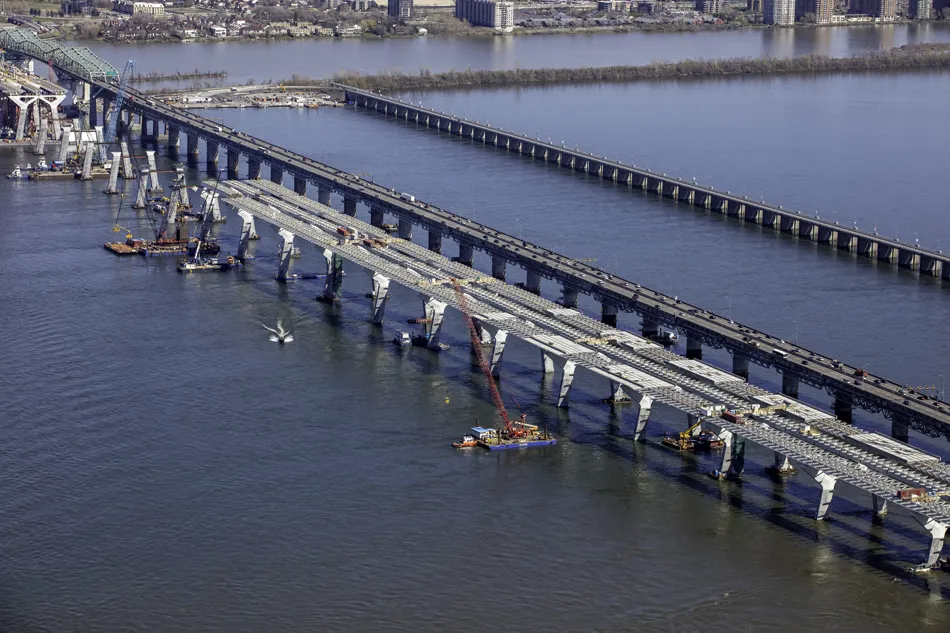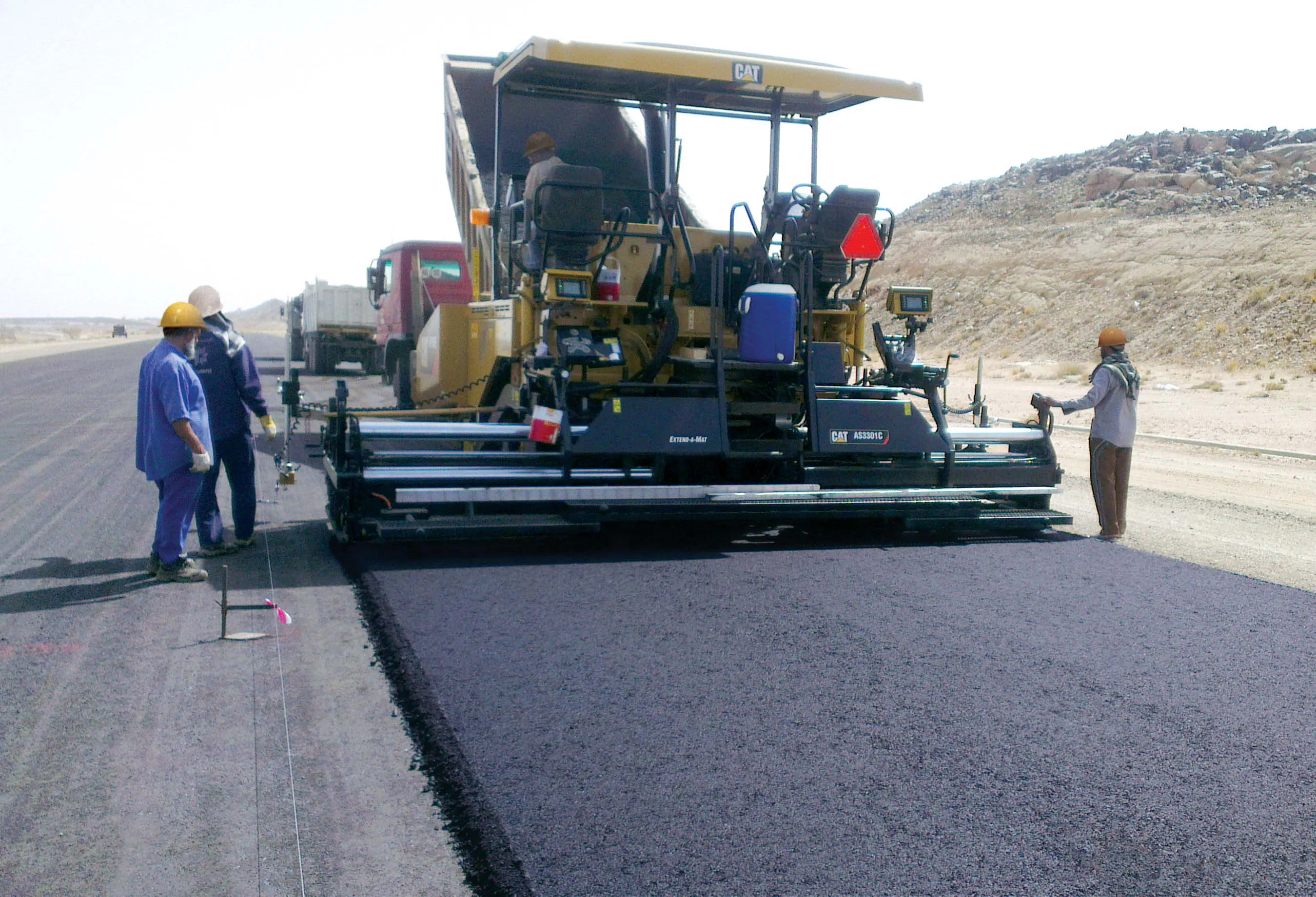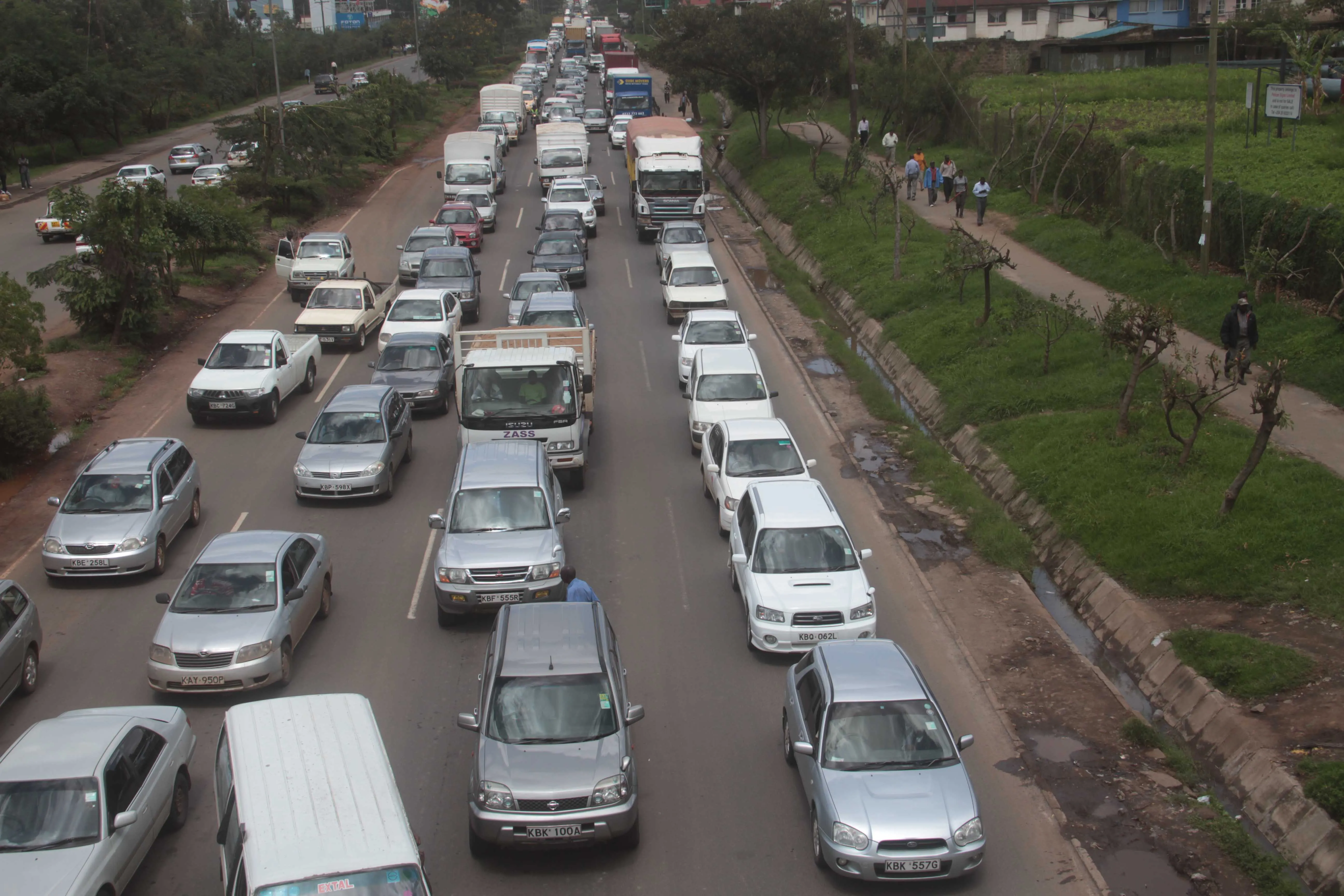Denver International Airport has awarded CH2M a contract for gate apron rehabilitation and drainage improvements.
The three-year project encompasses professional engineering support and technical services for enhancements adjacent to concourses A, B and C. Included are pavement evaluations, replacement of deteriorating apron pavement, mitigation of apron drainage issues and ponding, as well as preventing water infiltration into concourse basements.
Utility and infrastructure work includes installation
July 6, 2016
Read time: 2 mins
Denver International Airport has awarded CH2M a contract for gate apron rehabilitation and drainage improvements.
The three-year project encompasses professional engineering support and technical services for enhancements adjacent to concourses A, B and C. Included are pavement evaluations, replacement of deteriorating apron pavement, mitigation of apron drainage issues and ponding, as well as preventing water infiltration into concourse basements.
Utility and infrastructure work includes installation of a new drainage system, utility vault adjustments, demolition of baggage tunnels and dog houses, removal of de-icing tanks, replacement of sand-oil interceptors and replacement of grease traps.
Denver International, in the state of Colorado, is the sixth busiest US gateway by passenger traffic. CH2M programme manager Nick Rollo said that a critical success factor for the project will be coordinating construction activities with airlines, concessionaires, airport management and ground transportation to support ongoing flight operations.
CH2M has provided airfield engineering services to Denver International since it opened in 1995. More than 50 projects have been completed, including the design of two of the original runways as well as the runway number six.
The three-year project encompasses professional engineering support and technical services for enhancements adjacent to concourses A, B and C. Included are pavement evaluations, replacement of deteriorating apron pavement, mitigation of apron drainage issues and ponding, as well as preventing water infiltration into concourse basements.
Utility and infrastructure work includes installation of a new drainage system, utility vault adjustments, demolition of baggage tunnels and dog houses, removal of de-icing tanks, replacement of sand-oil interceptors and replacement of grease traps.
Denver International, in the state of Colorado, is the sixth busiest US gateway by passenger traffic. CH2M programme manager Nick Rollo said that a critical success factor for the project will be coordinating construction activities with airlines, concessionaires, airport management and ground transportation to support ongoing flight operations.
CH2M has provided airfield engineering services to Denver International since it opened in 1995. More than 50 projects have been completed, including the design of two of the original runways as well as the runway number six.









